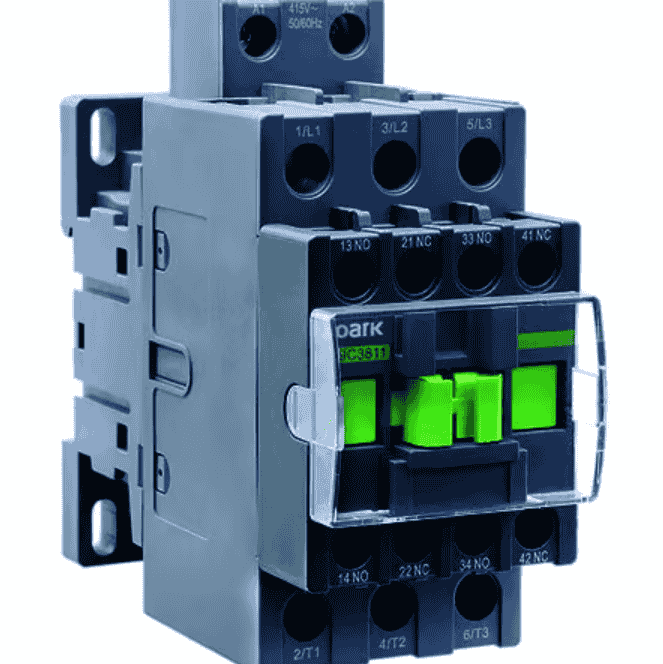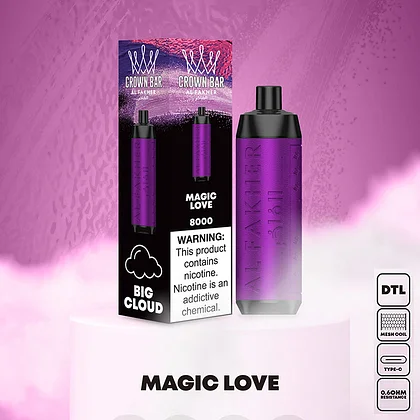Every modern factory, warehouse, or production facility relies on motors to keep things moving. These motors power conveyors, pumps, fans, and countless other machines essential to daily operations. At the heart of managing these machines are industrial motor controls, which regulate how motors start, stop, and perform under different conditions. Similarly, commercial motor controls perform an equally important role in large office complexes, shopping centers, and other commercial spaces where equipment like elevators and HVAC systems depend on controlled motor operation.
Understanding these systems can seem intimidating, but it doesn’t have to be. This guide explains industrial motor controls in simple language, showing how they work, why they matter, and how they compare with commercial motor controls. By the end, you’ll feel more confident in making decisions about the controls that drive your operations.
What Industrial Motor Controls Are
Industrial motor controls are systems and devices designed to manage electric motors in an industrial setting. They go far beyond just turning a motor on or off. They also handle functions like starting, stopping, reversing, speed control, overload protection, and integration with automated systems.
In factories, motors often run continuously or under heavy loads. Without proper control, they can draw too much current, overheat, or fail prematurely. Industrial motor controls provide the safety and efficiency needed to keep production running smoothly.
Why Industrial Motor Controls Matter
In any industrial environment, downtime equals lost productivity and higher costs. A motor that fails unexpectedly can stop an entire production line. Industrial motor controls help prevent such issues by regulating voltage, current, and operating conditions. They detect problems early, cut power if necessary, and keep motors running within safe parameters.
This proactive protection not only prevents damage but also extends the lifespan of equipment. While commercial motor controls offer similar benefits on a smaller scale, the high demands of industrial operations make robust controls essential.
Understanding Commercial Motor Controls
Commercial motor controls are used in non-industrial settings like office buildings, shopping malls, hospitals, and schools. They manage motors that power elevators, escalators, air conditioning units, and pumps. Although these motors may not run under the same extreme loads as industrial motors, they still require reliable control to ensure safety and efficiency.
By comparing industrial motor controls with commercial motor controls, you can see how the principles are similar but scaled differently. Both aim to provide safe, efficient operation, but industrial systems must handle heavier loads, more frequent starts and stops, and harsher conditions.
Key Features of Industrial Motor Controls
Industrial motor controls come with several key features that make them suitable for demanding environments. They typically include overload protection to guard against overheating, short-circuit protection to prevent damage, and soft-start functions to reduce stress on motors during startup.
Many modern controls also integrate with automated systems, allowing remote monitoring and adjustments. This helps maintenance teams respond quickly to changes, reducing downtime and improving efficiency. These features may be present in commercial motor controls as well, but industrial systems are often more robust and customizable.
Benefits of Using the Right Industrial Motor Controls
Choosing the right controls for your motors can deliver significant advantages:
-
Increased safety for workers and equipment by preventing overloads and faults.
-
Reduced energy costs through efficient motor operation.
-
Longer motor lifespan thanks to controlled starts, stops, and operating conditions.
-
Better integration with automated systems for real-time monitoring and adjustments.
These benefits make industrial motor controls a critical investment for any facility relying on heavy-duty equipment.
How to Select Industrial Motor Controls for Your Facility
Selecting the right controls starts with understanding your motors. Consider the horsepower, voltage, and current requirements of each motor. Also think about how frequently the motor starts and stops, and under what conditions it operates.
Environmental factors also matter. Dust, moisture, heat, and vibration can all affect the performance of controls. Choosing controls designed for your specific environment increases reliability and reduces maintenance needs. When in doubt, consult an experienced electrical professional to match controls to your equipment.
Industrial Motor Controls Versus Commercial Motor Controls
While both types of controls serve the same basic purpose—managing motor operation—the differences are important. Industrial motor controls are built to handle higher power ratings, more demanding cycles, and tougher environments. They often include advanced features like variable frequency drives, programmable logic controllers, and network connectivity for integration into larger automation systems.
Commercial motor controls, on the other hand, are typically simpler and designed for moderate loads. They may control fans or pumps in a building but are unlikely to face the extreme conditions of a factory floor. Understanding these differences helps you choose the right controls for each situation.
Integrating Industrial Motor Controls into Your Operations
Proper integration of industrial motor controls can improve efficiency across your facility. For example, using soft-start controls can reduce mechanical stress on equipment, while variable frequency drives can optimize motor speed for energy savings.
When integrated with a building or plant management system, these controls provide real-time data on motor performance. This allows maintenance teams to identify potential issues before they become serious, reducing unplanned downtime and maintenance costs.
Tips for Getting the Most from Your Controls
You can maximize the effectiveness of your industrial motor controls and commercial motor controls with some simple practices:
-
Conduct regular inspections to ensure all connections are secure and components are free of dust or debris.
-
Keep detailed records of motor performance and control settings to identify trends over time.
-
Train staff on how to use and maintain controls properly to prevent accidental damage.
These steps help you protect your investment and keep your operations running smoothly.
Future Trends in Industrial Motor Controls
Industrial motor controls are evolving rapidly. Modern systems increasingly feature digital interfaces, remote monitoring, and predictive maintenance capabilities. These advancements allow facility managers to see exactly how motors are performing and take action before problems occur.
Energy efficiency is another major focus. Controls that adjust motor speed based on load can significantly reduce power consumption. Commercial motor controls are also benefiting from these trends, with more buildings adopting smart technology to manage energy use and improve reliability.
The Importance of Maintenance
Even the best industrial motor controls require regular maintenance to function properly. Dust, moisture, and wear can all degrade performance over time. A preventive maintenance program that includes inspection, cleaning, and testing ensures your controls continue to operate reliably.
This same principle applies to commercial motor controls. Even though the loads may be lighter, regular checks and updates can prevent unexpected failures and keep systems running smoothly.
Conclusion: Making Smart Choices for Safety and Efficiency
Industrial motor controls are a cornerstone of modern manufacturing and production. By understanding how they work, why they matter, and how they compare with commercial motor controls, you can make informed decisions that protect your equipment, improve efficiency, and reduce costs.
Taking the time to choose the right controls, integrate them effectively, and maintain them regularly will pay off in fewer disruptions and longer equipment life. Whether you’re managing a busy factory floor or a large commercial complex, knowing how to handle these systems gives you the power to keep everything running safely and efficiently.
FAQs
1. What are industrial motor controls used for?
They manage the operation of electric motors in industrial settings, handling functions like starting, stopping, speed control, and overload protection.
2. How do industrial motor controls differ from commercial motor controls?
Industrial motor controls handle higher power levels, more demanding cycles, and harsher conditions, while commercial motor controls manage motors in non-industrial environments.
3. How can I choose the right industrial motor controls for my facility?
Assess your motors’ power requirements, operating conditions, and environment, then consult a professional to match controls to your needs.
4. Do industrial motor controls require maintenance?
Yes. Regular inspections, cleaning, and testing keep them reliable and extend their service life, preventing costly downtime.



